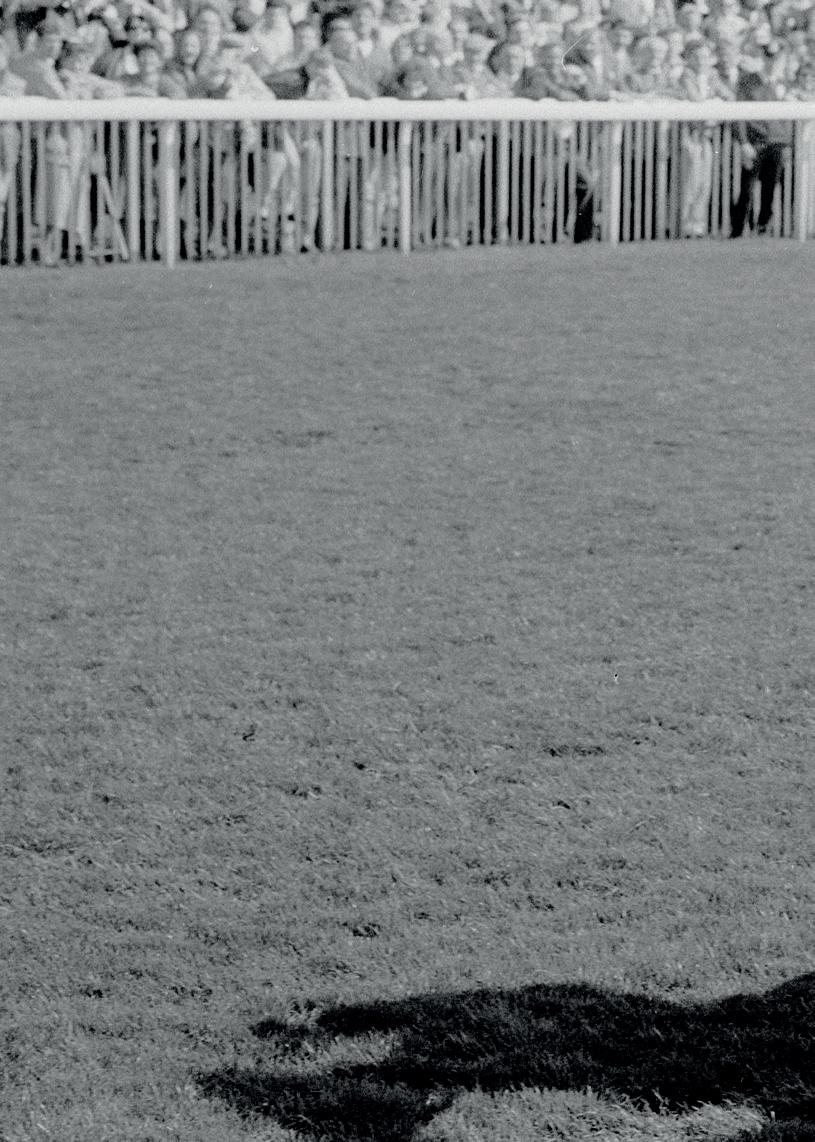
6 minute read
Maintaining tradition
Tattersalls remains ever mindful of its heritage, while standing at the forefront of progress. By John Berry

Edmund Somerville Tattersall I n the 253 years since Richard Tattersall began selling horses at Hyde Park Corner in 1766, the firm that he established has embedded itself deeply in the rich history of the turf. Tattersalls remains ever mindful of its heritage, maintaining its best traditions while standing at the forefront of progress. Its sponsorship programme exemplifies this policy, with the races that it supports including some timehonoured events whose backgrounds tie in perfectly with Tattersalls’ traditions.
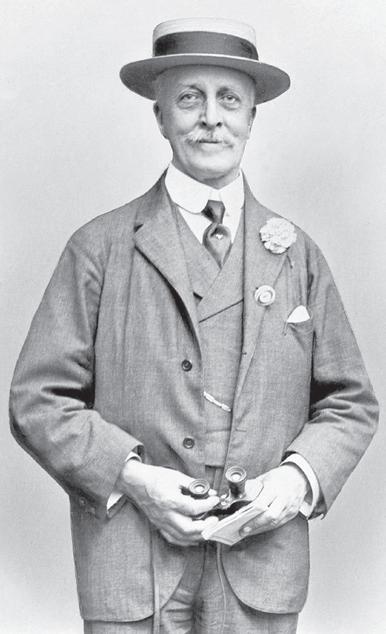
While Richard Tattersall (1724 – 1795) will always be the towering figure in the firm’s history, his great-great-grandson Edmund Somerville Tattersall (1863 – 1942) also holds a very special place. Always known by his middle name, Somerville Tattersall was a key figure within the firm for 57 years. He was only 22 when he first sold horses from the rostrum at the July Sale in 1885, stepping suddenly but successfully into the breach when his father Edmund was taken ill. He became a partner in the firm later that year before taking over as senior partner on his father’s death in 1898, ultimately holding that position for 34 years until he passed away in 1942.
Although Tattersalls still had its offices in London until the late 1940s, it was holding the majority of its sales in Newmarket by that time. Somerville Tattersall had become a key figure not just in the history of his own firm but also in Newmarket’s history, and it was only natural that Newmarket Racecourse would choose to name a race in his honour. Tattersalls is proud to sponsor this prestigious two-year-old contest, run every autumn at the Cambridgeshire Meeting.
Formerly a Listed race, the Somerville Tattersall Stakes (currently run as the Tattersalls Stakes) was promoted to Gr.3 level in 2000 off the back of the achievements of its
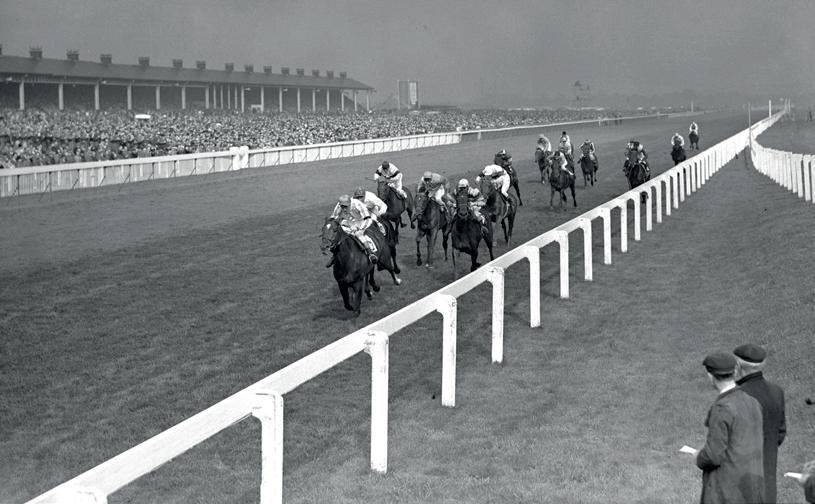
The Fugue winning the Tattersalls Musidora Stakes 2012
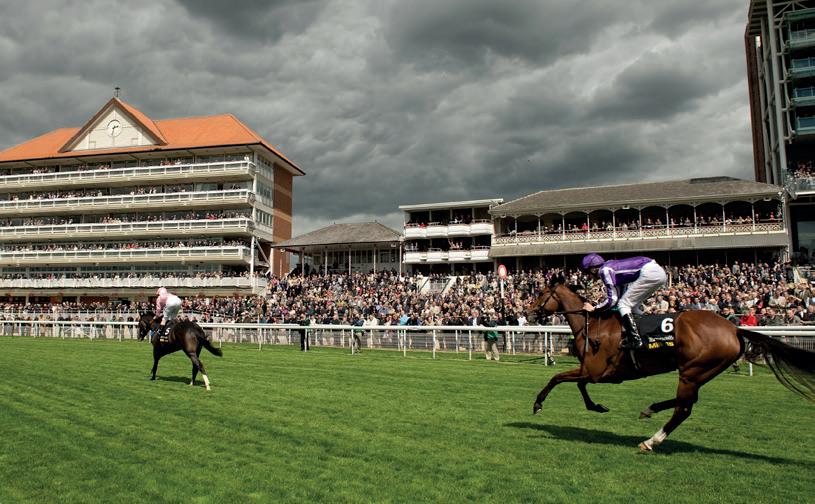
recent winners, with three of the past seven winners (Grand Lodge, Even Top and Enrique – all trained, incidentally, in Newmarket, by William Jarvis, Mark Tompkins and Henry Cecil respectively) having gone on to finish second in the 2,000 Guineas. It promptly justified its promotion with good winners including King Charlemagne, Where Or When, Milk It Mick and Aussie Rules, subsequently Gr.1 winners respectively of the Prix Maurice de Gheest, the Queen Elizabeth II Stakes, the Dewhurst Stakes and the Poule d’Essai des Poulains.
Recent winners of the Somerville Tattersall Stakes are headed by Elarqam who is notable not merely for his pedigree (he is by the 2011 2,000 Guineas hero Frankel out of the 2004 1,000 Guineas heroine Attraction) and his many good performances on the racecourse over the past three years, but also for having fetched 1.6 million guineas in Book 1 of the Tattersalls October Yearling Sale in 2016 when bought by Shadwell Estate Company from his breeder Floors Stud.
Robert Needham, who had become a partner in 1936, succeeded Somerville Tattersall as Tattersalls’ Chairman. A new era in Tattersalls’ history began when Terry Watt and then his cousin Kenneth Watt joined the firm, the latter becoming a partner in 1947 before becoming a legendary Chairman. By this time, the market for bloodstock was starting to boom after the end of the war. A sign of the times was the worldrecord price fetched by subsequent St Leger winner Sayajirao at Tattersalls’ principal yearling sale in 1945 (then held at Doncaster during St Leger week). The 28,000 gns, which the Maharajah of Baroda paid for the young Sayajirao (a fullbrother to 1945 Derby winner Dante), held the record for 21 years. Less exalted was the 4,700 gns paid for a yearling filly by Nasrullah out of the Gainsborough mare Painted Vale at

the same sale in 1947. However, she too became a Classic winner: named Musidora, she took both the 1,000 Guineas and the Oaks in 1949, trained for Norman Donaldson in Highfields Stables, Malton, by Captain Charles Elsey.
Musidora thus became a heroine to Yorkshire racegoers. A few years later York Racecourse named a race in her honour, a valuable Oaks lead-up race at its May Meeting. This has been won by some outstanding fillies including the Oaks winners Noblesse, Bireme, Diminuendo, Snow Bride and Reams Of Verse as well as stars such as Condessa, Give Thanks, Indian Skimmer, In The Groove, All At Sea, Magnificient Style, Bahr, Islington, Passage Of Time, Lush Lashes, Sariska, The Fugue and Star Of Seville. Tattersalls has been proud to sponsor this prestigious race for more than 30 years, run at one of the world’s great racecourses and named after one of the many Tattersalls graduates to have written their name in the Classic record books.
Another great racehorse to have been sold as a yearling by Tattersalls was Ballymoss, a son of Mossborough who was knocked down to Vincent O’Brien at the St Leger Sale in 1955 for 4,500 gns, bought on behalf of American businessman John McShain.
As a three-year-old, Ballymoss finished second to Crepello in the Derby before taking the Irish Derby and the St Leger, ridden by O’Brien’s dual-purpose jockey T. P. Burns. The following spring Burns, having ridden two winners for O’Brien at the Cheltenham Festival in March, guided Ballymoss into second place behind the Queen’s Doutelle in the Ormonde Stakes at the Chester May Meeting. The following Sunday he rode Ballymoss’ stablemate Gladness (a daughter of Sayajirao) into second place in the Prix du Cadran at Longchamp. Sadly, Burns was badly injured in a fall on the Flat at Clonmel later that month, which meant that he was sidelined when Gladness won the Ascot Gold Cup, Goodwood Cup and Ebor Handicap under Lester Piggott and when Ballymoss (with Scobie Breasley having taken Burns’ place in the saddle) embarked on a sparkling series of victories, taking the Coronation Cup, Eclipse Stakes, King George VI and Queen Elizabeth Stakes and Prix de l’Arc de Triomphe.
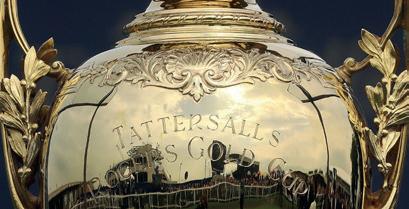
In time, Gladness had a race named in her honour at the Curragh and Ballymoss was commemorated at Limerick Junction (now Tipperary). In 1964 the Ballymoss Stakes was moved to the Curragh and in time was re-named the Rogers Gold Cup. Tattersalls began to sponsor it in the 1980s, and in 1993 the Tattersalls Rogers Gold Cup became the Tattersalls Gold Cup, Ireland’s most prestigious older horses’ race in the first half of the season.
Holding Gr.1 status since 1999, the Tattersalls Gold Cup has been won by numerous champions including Daylami, Montjeu, Fantastic Light, Grey Swallow, Notnowcato, Duke Of Marmalade, Fame And Glory, So You Think (twice), Al Kazeem (twice), Noble Mission, Fascinating Rock, Decorated Knight and Magical. Tattersalls is proud to have such a distinguished contest headlining its support of Irish racing.











